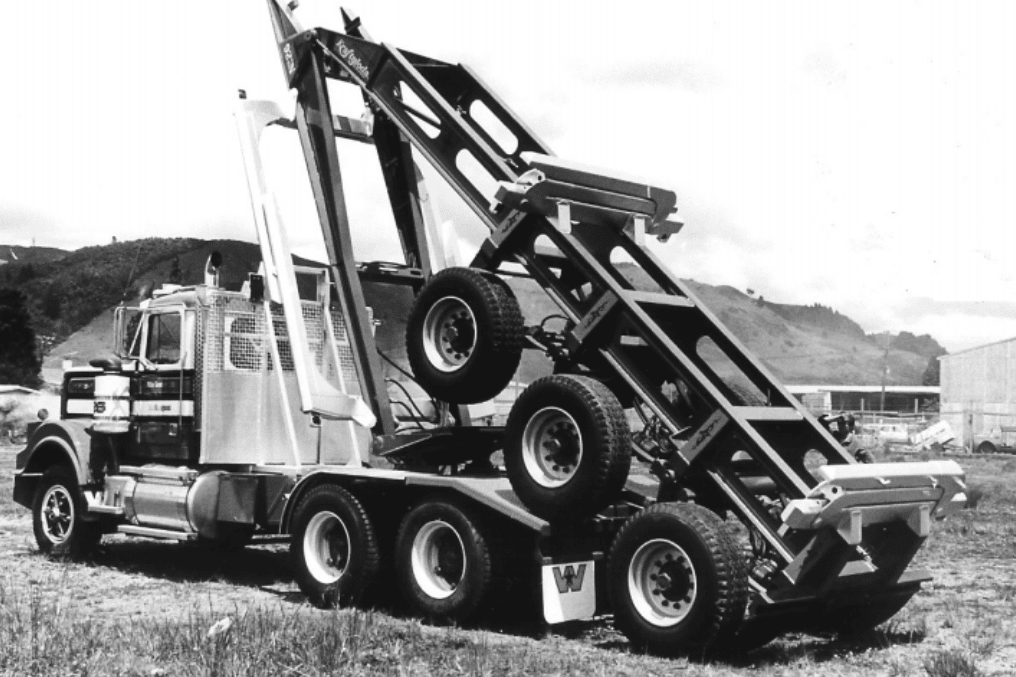Why one is better than two – and always better than three
It is very rare for a fleet to consist of single-purpose assets. Transport operators typically require a lot more flexibility in their fleets to fully address their customers‘ needs.
For example, some of your trailer fleet may be dry trailers, while others may be refrigerated. Power units may be a mixture of straight trucks or discrete power units from various manufacturers. To derive the maximum value – at minimum cost – you need to think about a single, common, telematics platform to consolidate and interpret all of the data from all of the different vehicle types.
A good example of a fleet that may look single-purpose to the naked eye but isn‘t, is a concrete supplier. What we see on the roads are the many branded concrete mixers that frequent the commercial sites and residential developments under construction across New Zealand.
What we forget about are the other mobile assets that are required to keep the cogs of a concrete business running. To operate efficiently, concrete suppliers need to be running technology that coordinates the delivery of concrete to site, monitors the performance, behaviour and whereabouts of sales staff in their utes, and keeps track of plant administration vehicles.
Traditionally, telematics solutions that have helped manage this diverse mix of mobile assets have done so by primarily monitoring location and utilisation, however this is no longer enough. To optimise performance, drive down cost and manage off-road claims, fleet operators now need their technology vendors to work a whole lot harder.
Historically, just knowing where assets were was a compelling enough proposition to support telematics, but with today‘s ever increasing health and safety requirements, a new compliance dimension has been born. Health and safety in vehicle fleets is critical and is a combination of asset compliance and driver compliance. This means that you now have a second, if not third, technology system to think about.
So now we have fleets encumbered by working with a ‘systems smorgasbord‘ that do a good job at solving discrete problems but also distracting you from core business. What you need is a single technology platform that addresses both the asset and driver compliance issues.
An often vital and overlooked strength of ‘one platform‘ solutions is the ever-increasing requirement of telematics systems to provide other transport management systems with vital data used for load planning, dispatch and a fleet‘s financial bookkeeping. What a transport management system requires is information from all mobile assets, not just some, to complete the picture for administrative staff.
Recognising the overhead of running many systems has directed Coretex, the largest New Zealand-owned telematics provider, to focus on delivering ‘one platform‘ that delivers eRUC, driver management and behaviour, details on all different types and roles of assets, driver time-sheeting, transport management system integration (jobs), vehicle inspection checks and integrated video.
By Ben Martel, chief science officer at Coretex






